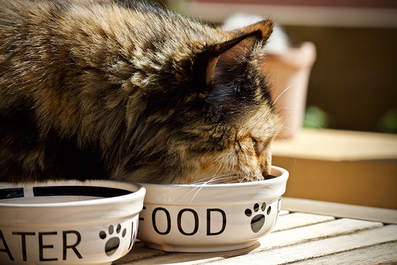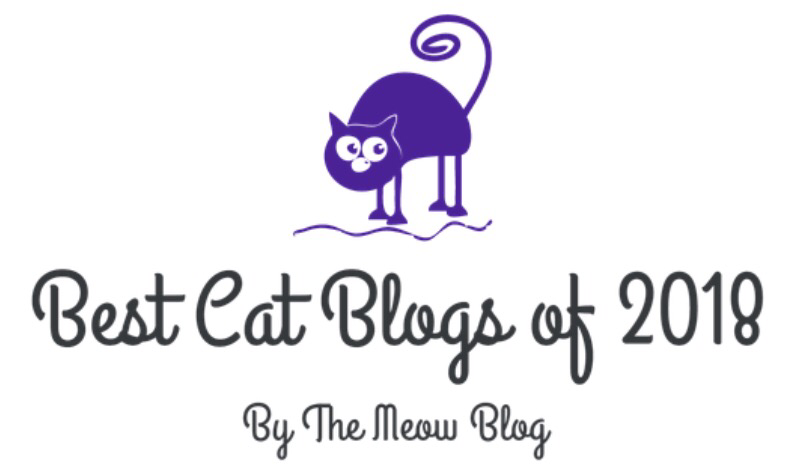
While plastic bowls are cheap, their cost to your cat can be high!
Dangerous as food and water bowls, plastics scratch and the bowls’ porous surfaces trap bacteria that thrive on leftover food and saliva. Even after the bowls are cleaned, they may still be contaminated, since washing only cleans their smooth surfaces and doesn’t remove any of the bacteria lurking inside even the smallest of scratches.
Plastic both contains and emits a synthetic hormone called Bisphenal A or BPA. A proven endocrine disrupter, BPA impairs brain and neurological function and causes, among other things, chromosomal and reproductive system disorders, diabetes, obesity, cardiovascular damage and cancer.
To make plastic more flexible and resilient, it contains Phthalates, so-called “plasticizers.” Phthalates are known to cause cancer in humans and are listed among the ten most toxic chemicals harmful to our bodies.
Plastic may also contain certain levels of lead. And, last but not least, and most benign by comparison: plastic may irritate your cat’s chin and cause feline acne.
And so, despite being labeled “BPA free” and certified as food safe by the FDA, bowls made of plastic may still contain Phthalates or lead. The solution for caring cat owners is as simple as simply avoiding plastic altogether.
Most experts consider the safest alternatives to be glass, stainless steel and some ceramics. Glass is non-porous and non-toxic (it consists of silica, calcium oxide and sodium carbonate – all of them non-toxic), it doesn’t react with acids or other liquids, is dishwasher safe and is very stable. But avoid glass bowls made in Mexico and many other foreign countries with lower regulations and manufacturing standards than the U.S.
Stainless steel is lightweight, unbreakable and long lasting. Sanitary and germ-resistant because bacteria can’t enter its hard, non-porous surface, it doesn’t scratch easily, stain or rust despite constant use, doesn’t react with liquids or foods, is easy to clean and is dishwasher safe.
If considering ceramic bowls, make certain they’re of the highest quality (never buy cheap ceramic bowls made in China), dishwasher safe and have a lead-free, food-grade glaze. To ensure your cat’s safety, they, along with glass bowls, should be quickly discarded if they develop chips or cracks.
Whatever choice you, as a conscientious cat owner, make, be certain to wash your cat’s bowls thoroughly after each use with soap and water and dry them well to kill any lingering germs. Put wet food bowls in the dishwasher at least three to four times a week to sterilize them or, even better, daily. Cats don’t like eating or drinking from dirty bowls, and being as highly sensitive to smell as they are, may express their displeasure by refusing to eat or drink anything at all.
But then, who could blame them?









 RSS Feed
RSS Feed